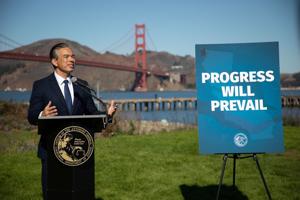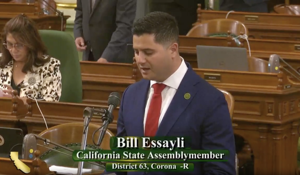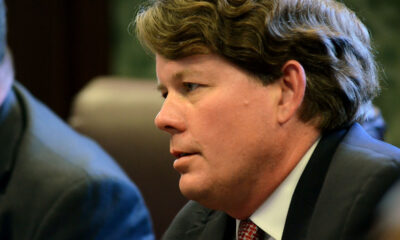(The Center Square) — An annual report by the state’s legislative watchdog committee warns that Mississippi’s public defined benefit pension system is facing serious financial and demographic challenges.
The Joint Legislative Committee on Performance Evaluation and Expenditure Review, better known as the PEER Committee, released its annual review of the Public Employee’s Retirement System of Mississippi, which is the pension fund for the vast majority of state, county and municipal employees.
According to the report, the plan is expected to be only 48.6% fully funded by 2047, a significant drop from the optimistic 93.5% predicted by the 2021 projections. The plan’s funding ratio, which is defined as the share of future obligations covered by current assets, has been 61.3% for the last two years.
In fiscal 2022, the plan’s investments lost 8.45% after amassing a near-record 32.71% in 2021.
The report echoed the data released in the fund’s comprehensive annual report, which is usually released in December.
One issue is flagging investment returns. The retirement system’s board of directors voted in 2021 to decrease the expected rate of return from 7.75% to 7%, which staff uses for planning purposes. It’s the second time in the past decade the governing board has acted after lowering the expectation from an unrealistic 8% in 2015.
The plan’s funding policy, which requires enough excess returns above expectations to lower the assumed rate of return, has only allowed the rate to be reduced to 7.55%, which PEER says is problematic.
“The PERS Board’s choice to utilize this methodology could continue to be a cause of concern,” the report says. “Selection of this methodology has delayed implementation of the assumption reduction and exacerbated the plan’s lower-than-projected investment returns.”
The report also says the plan’s demographics are also an issue as a decreasing number of contributing employees support an ever-growing number of retirees. The plan’s ratio of active members to retirees declined from 1.81:1 in FY 2012 to 1.24:1 in FY 2022, or approximately 31.49%.
The report also said the plan’s assumptions on pay increases for contributing employees, which affects the amount of benefits they’ll receive in retirement, are overly optimistic, which can affect the plan’s bottom line. The projected annual rate of wage increase is 2.65% and while increases from fiscal 2022 were above that figure, the annual payroll increase in the last decade was 0.98%.












































